(By Quratulain Khalid)
Introduction: The Great Silence
India, the world’s largest democracy, prides itself on its ancient civilisation, diverse society, and constitutional secularism. Yet behind the veneer of democratic ideals and economic progress, a deeply disturbing reality is unfolding: the calculated suffocation of the country’s 200-million-strong Muslim population. Once seen as equal citizens under the tricolour flag, Indian Muslims are increasingly marginalised, vilified, and erased—not just from the public sphere, but from the very idea of India. The silence of global leaders, the complicity of Indian institutions, and the aggressive ideological project of Hindutva have all conspired to turn India into a majoritarian state.
This article explores the systematic exclusion of Muslims in India under the rule of the BJP, the historical patterns of violence, the role of organisations like the RSS, the manipulation of law and media, and the moral cost of turning a blind eye to what is, in essence, a slow and silent erosion of a people’s identity, dignity, and place in the nation.
I. A Legacy of Blood: Riots, Pogroms, and Patterns
The persecution of Muslims in post-independence India is not a recent development. From the very inception of the republic, communal riots have flared with alarming regularity, often with clear patterns of state inaction or complicity.
- 1969, Gujarat: The communal riots in Ahmedabad left over 500 Muslims dead, with properties torched and businesses reduced to ashes.
- 1983, Nellie (Assam): In just a single day, over 2,000 Bengali-speaking Muslims were slaughtered. This massacre remains one of the most brutal yet least acknowledged acts of mass violence in Indian history.
- 1987, Hashimpura (Uttar Pradesh): 42 Muslim men were picked up by the Provincial Armed Constabulary (PAC), taken to the outskirts, and summarily shot.
- 1989, Bhagalpur (Bihar): More than 1,000 Muslims were killed in the wake of escalating Hindu nationalist sentiments, exacerbated by police complicity.
- 1992, Babri Masjid Demolition: A 16th-century mosque in Ayodhya was torn down by Hindu extremists under the watchful eyes of BJP, RSS, and VHP leaders. This act marked a new chapter in militant Hindu politics.
- 1992–1993, Mumbai Riots: Following the Babri demolition and retaliatory bomb blasts, over 1,000 people—mostly Muslims—were killed. Investigations revealed police siding with rioters.
- 2002, Gujarat Pogrom: Arguably the darkest chapter in modern India. After the Godhra train incident, a state-wide pogrom ensued. Between 1,000 to 2,000 Muslims were killed, and over 150,000 displaced. Reports of rape, arson, and mass murders surfaced. Then Chief Minister Narendra Modi was accused of allowing the carnage to continue.
- 2013, Muzaffarnagar Riots: Politically motivated violence before the 2014 elections resulted in over 60 Muslims being killed and thousands displaced.
These incidents, far from being anomalies, form a pattern. Each episode is a brutal reminder that the line between governance and complicity is dangerously thin in India.
II. The Rise of Hindutva: RSS and the Ideological Project
At the heart of the anti-Muslim sentiment lies the ideology of Hindutva. Coined by Vinayak Damodar Savarkar, Hindutva seeks to define Indian identity in purely Hindu terms, making it exclusionary by design. The Rashtriya Swayamsevak Sangh (RSS), founded in 1925, is the fountainhead of this ideology.
Savarkar admired fascist regimes, and M.S. Golwalkar, another key ideologue, praised Nazi Germany’s treatment of Jews as a model for India. This is not hyperbole—it is documented history. Golwalkar’s book Bunch of Thoughts remains the intellectual backbone of today’s BJP.
With the electoral rise of BJP, the political arm of the RSS, Hindutva has moved from the margins to the mainstream. The Modi government, with its calculated silence and sometimes open endorsement of bigotry, has provided an unprecedented platform for radical Hindu nationalism.
III. Mob Rule: Lynchings and Vigilantism (2014–2024)
Under Modi’s rule, India has witnessed a disturbing rise in mob lynchings, particularly targeting Muslims accused of cow slaughter or beef consumption:
- Pehlu Khan (2017): Lynched in Rajasthan despite carrying legal documents for cattle transport.
- Junaid Khan (2017): Stabbed on a train for allegedly carrying beef.
- Tabrez Ansari (2019): Beaten for hours and forced to chant Hindu slogans before dying of injuries.
Dozens of such cases have been reported. In many, the perpetrators were garlanded and celebrated by BJP politicians. Convictions are rare. Impunity is common. The rule of law, it seems, does not extend to the country’s largest minority.
IV. The 2020 Delhi Pogrom: State-Sanctioned Brutality
In February 2020, riots broke out in Delhi following months of protests against the Citizenship Amendment Act (CAA). The violence was one-sided: 75% of the 53 killed were Muslims.
- Mosques were burned.
- Muslim homes and shops were looted.
- Videos surfaced showing police smashing CCTV cameras and assaulting Muslim youth.
No senior BJP leader condemned the violence. On the contrary, provocative speeches by party leaders preceded the unrest. This was not just communal violence; it was pogrom with political overtones.
V. Legalised Marginalisation: Bulldozers, Laws, and Courts
The repression of Muslims has now moved from the streets to the statute books.
- Bulldozer Politics (2021–2024): Muslim homes, shops, and even mosques have been demolished under the pretext of “illegal construction.” These actions are highly publicised and often occur after communal incidents.
- UAPA & Sedition Laws: Activists, journalists, and students—mostly Muslim—have been arrested under draconian laws meant to suppress terrorism.
- Boycotts and Discrimination: From housing to employment, Muslims face systemic discrimination. Muslim street vendors are boycotted, and interfaith marriages are branded as “Love Jihad.”
VI. Hate Speech as Statecraft
In today’s India, hate speech is not an aberration—it is policy. BJP leaders openly call for the disenfranchisement, expulsion, or even genocide of Muslims.
- In Haridwar (2021), a religious assembly saw open calls for Muslim genocide.
- Similar statements have been made by MPs and MLAs with no consequences.
The Prime Minister maintains a calculated silence, which is read as implicit approval.
VII. Cultural Cleansing: Erasing the Muslim Past
India’s attempt to redefine its identity also involves erasing its Muslim heritage.
- Textbooks have removed references to Mughal rulers, Sufi saints, and the Ganga-Jamuni culture.
- Historical monuments are renamed to suit Hindu narratives.
- The image of Mohammad Ali Jinnah is vilified to the point where any mention invites backlash.
This is not merely academic revisionism; it is cultural vandalism aimed at robbing Indian Muslims of their rightful place in history.
VIII. Global Silence and Moral Cowardice
Despite mounting evidence, the world remains largely indifferent. Western democracies prioritise trade over truth. Muslim countries, too, have largely remained silent—some due to economic ties with India, others out of political expediency.
Human rights organisations like Amnesty International and Human Rights Watch have sounded alarms, but their warnings are drowned in the din of nationalist media and official denials.
IX. Resistance and Resilience
Amidst this darkness, there is light. Muslim students, journalists, lawyers, and common citizens have shown tremendous courage.
- Protests against CAA-NRC were led by Muslim women in Shaheen Bagh.
- Youth like Umar Khalid, Sharjeel Imam, and others have become symbols of dissent.
But their resistance comes at a cost: arrest, abuse, and social vilification.
X. Lessons from Germany: Confronting the Past
The article would be incomplete without a comparison to post-war Germany, where national guilt over Nazi crimes led to introspection, memorialisation, and education. In 2019, German President Frank-Walter Steinmeier said: “This war was a crime by the German nation.”
Compare that to India, where past crimes are denied, and their perpetrators glorified. Until India accepts the truth of its history and acknowledges the suffering of its minorities, it will remain trapped in a cycle of hate, fear, and violence.
Conclusion: A Nation at a Crossroads
India is not just marginalising its Muslims; it is dismantling its secular soul. What was once a nation of inclusive identity is now teetering on the brink of ethno-religious totalitarianism. The moral cost is incalculable. The democratic cost is catastrophic.
It is time for the world to wake up, and for Indians of conscience to speak up. Because when a nation begins to suffocate its own people, it does not just lose its minorities—it loses its humanity.

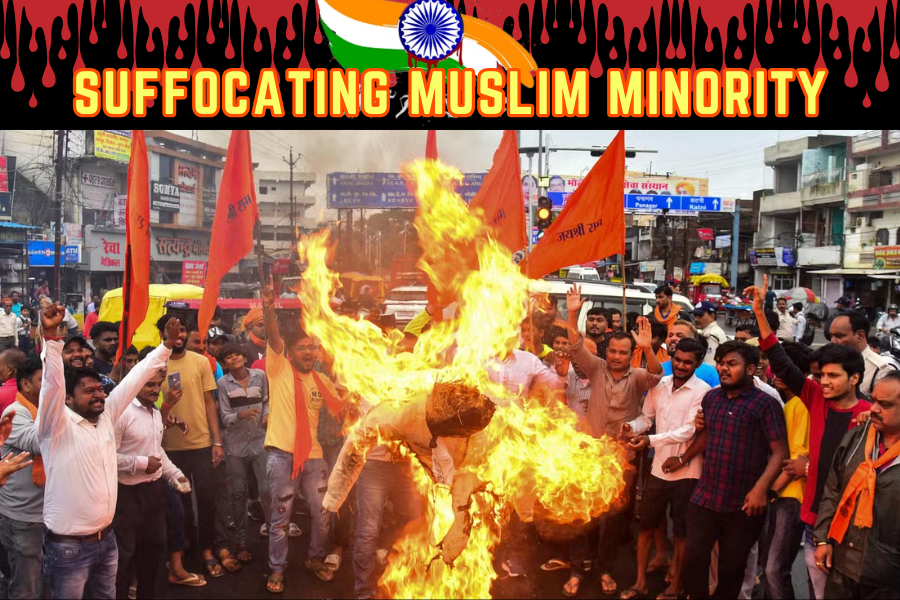
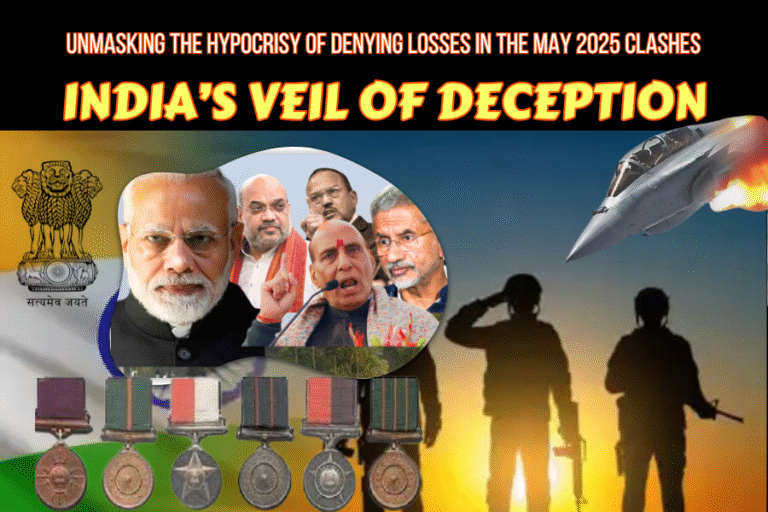
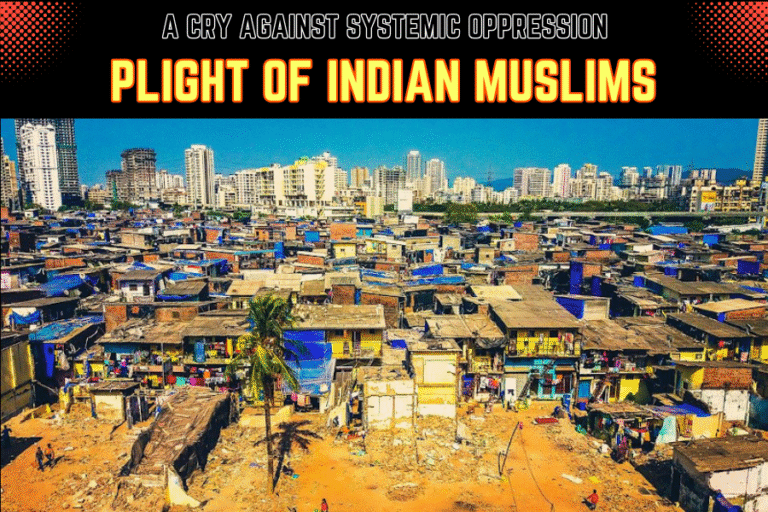
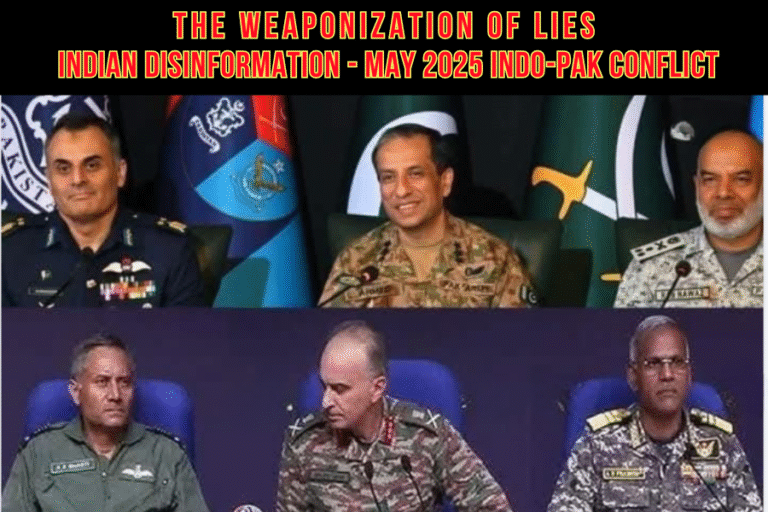

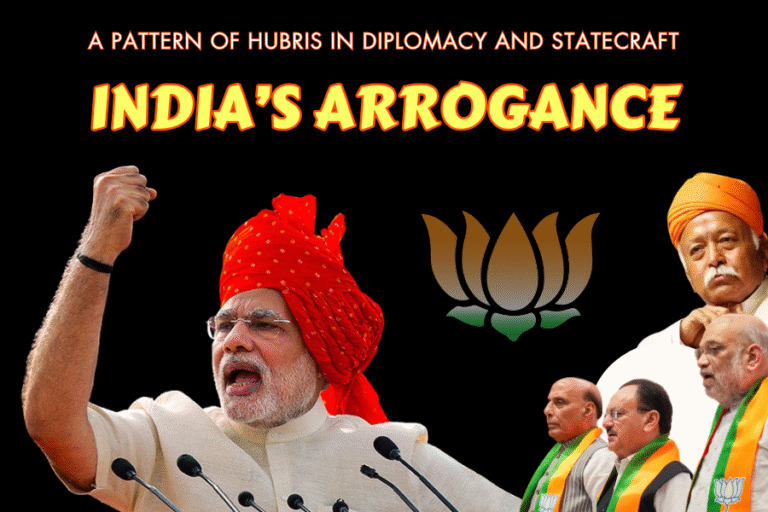
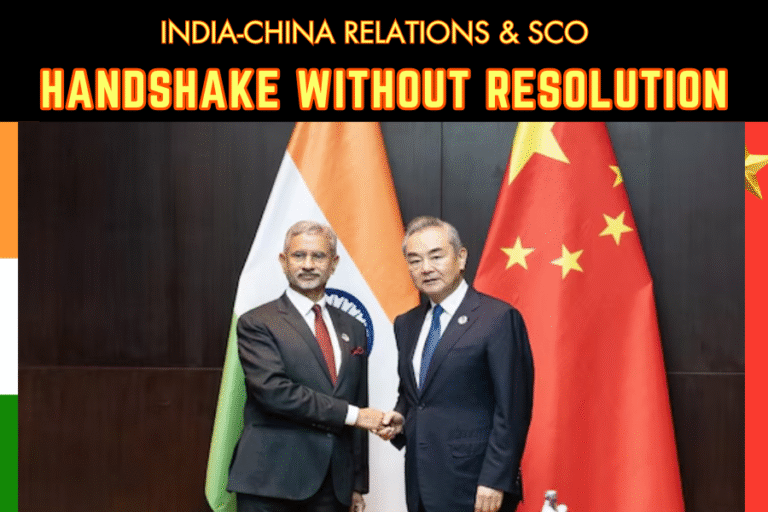
Quratulain Khalid’s article highlights the growing oppression of Muslims in India, marked by hate speech, discriminatory laws, and violence. As an expatriate from Indian Punjab, I note that Sikhs have also faced severe atrocities, especially during the 1984 anti-Sikh riots, where thousands were killed and justice remains unserved. Sikh community in Canada, have been stalked by fear, threats, harassment and violence— including extortion, violence and electoral interference all allegedly at the hands of Indian officials. Both Muslims and Sikhs have experienced state-backed violence and marginalization, reflecting a broader betrayal of India’s secular and pluralistic ideals, and leaving minorities struggling for dignity and security.